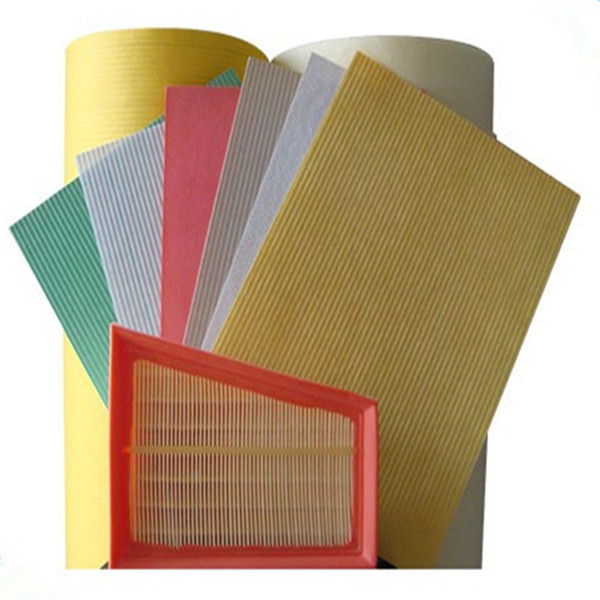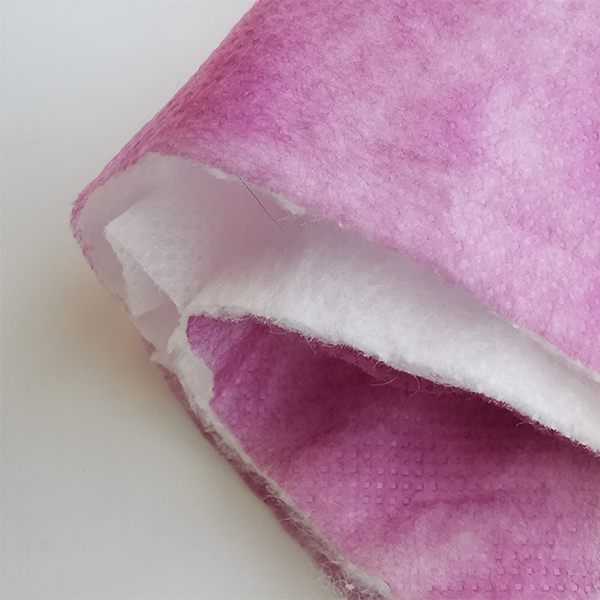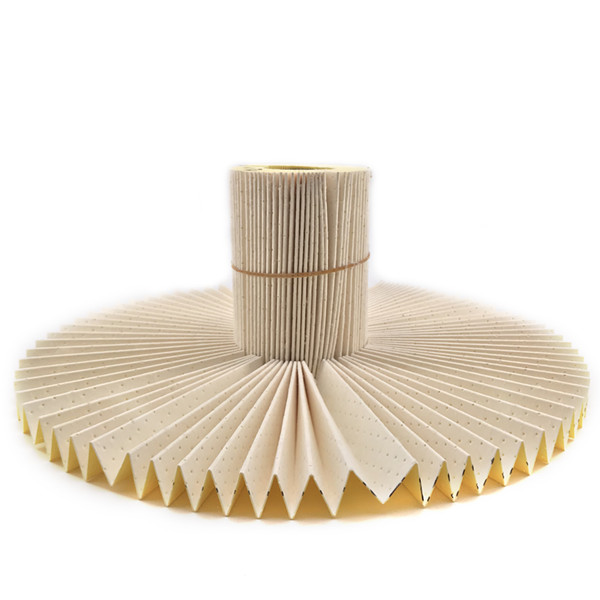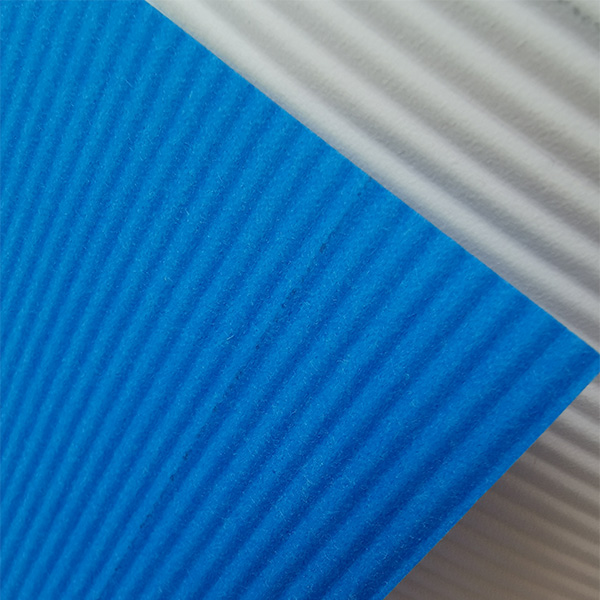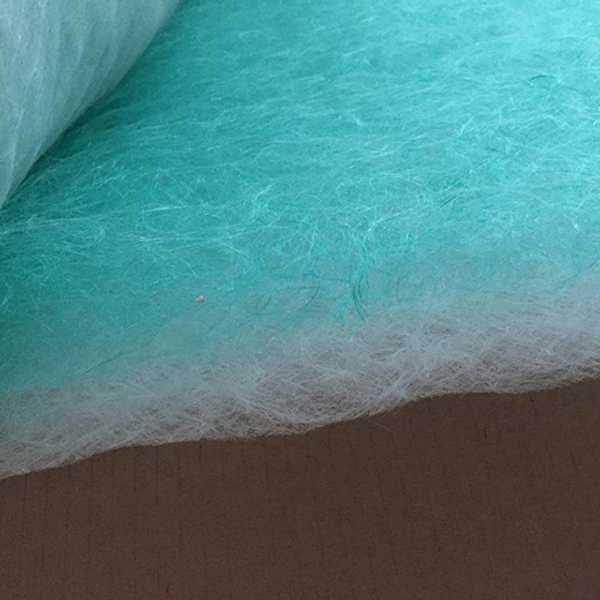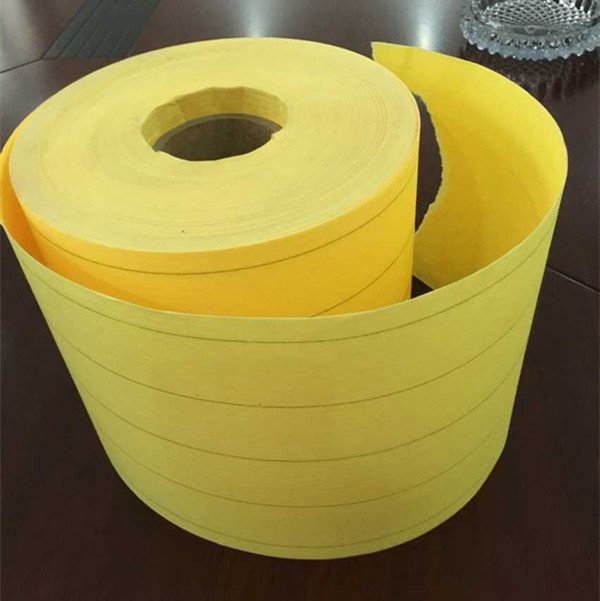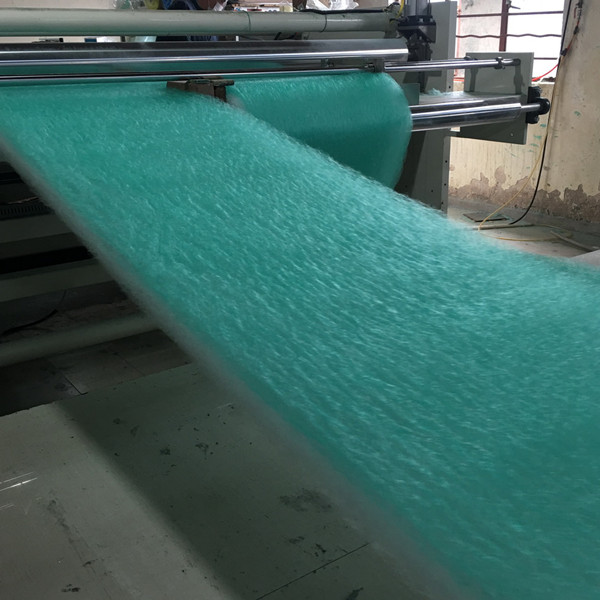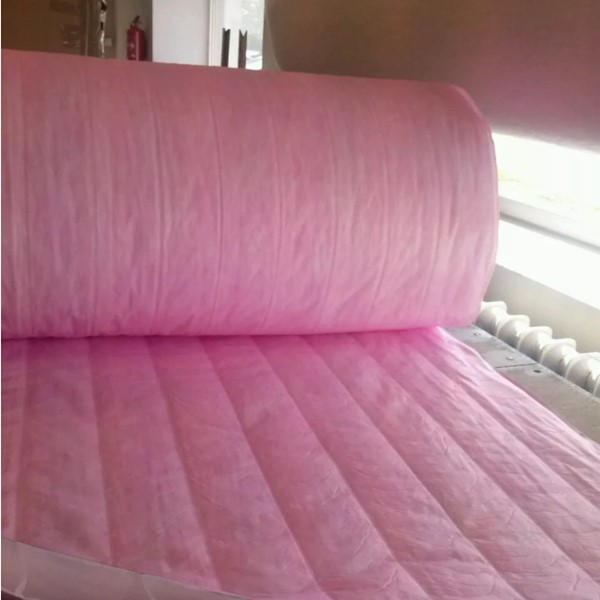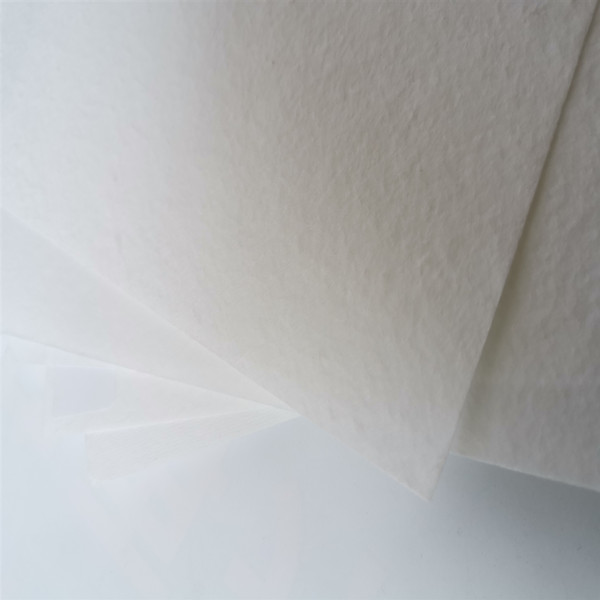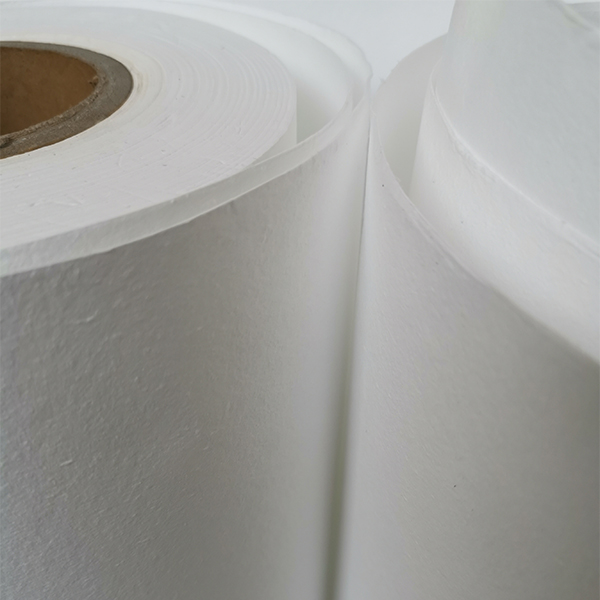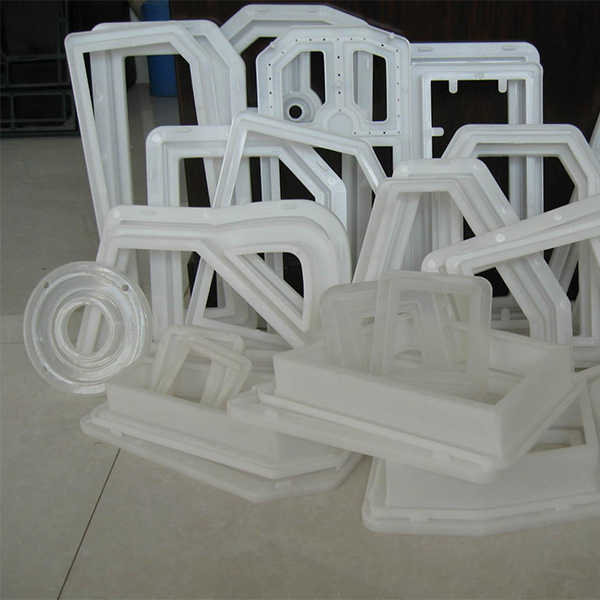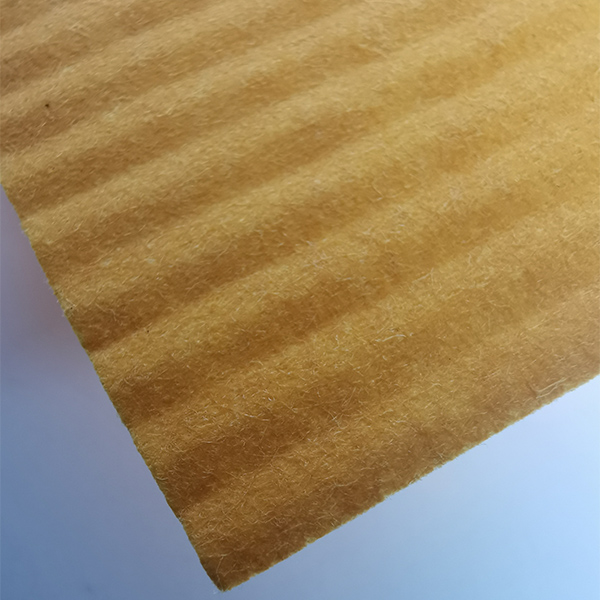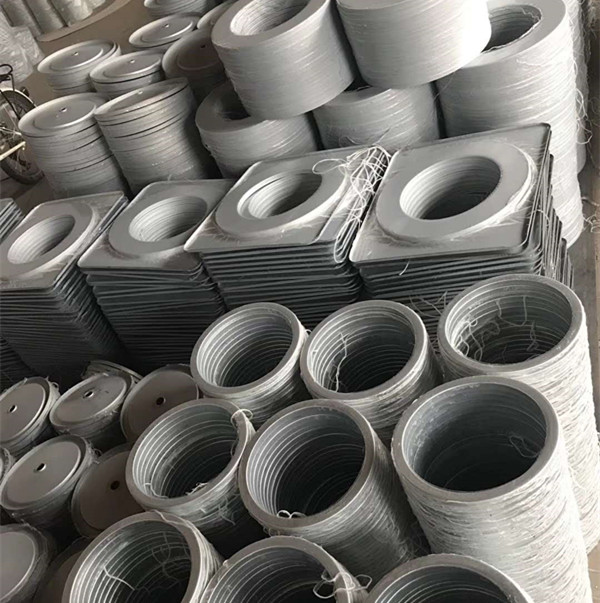- Understanding Reverse Jet Bag Filtration Technology
- Key Technical Advantages Over Competing Systems
- Performance Comparison: Leading Manufacturers Analyzed
- Customization Strategies for Specific Industrial Needs
- Real-World Applications Across Multiple Industries
- Maintenance and Operational Efficiency Insights
- Future Innovations in Reverse Jet Bag Filter Systems
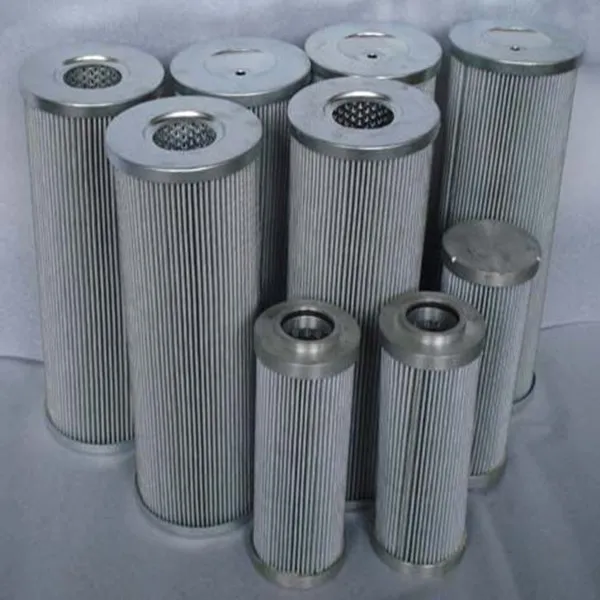
(reverse jet bag filter)
Reverse Jet Bag Filter Technology: A Modern Industrial Solution
Reverse jet bag filters have revolutionized particulate control in industrial settings, achieving 99.99% filtration efficiency for particles as small as 0.3 microns. Unlike traditional pulse-jet systems, the reverse airflow mechanism minimizes dust cake formation, reducing maintenance frequency by 40–60%. These systems operate at 10–15% lower energy consumption compared to standard baghouses while handling temperatures up to 260°C (500°F), making them ideal for cement, metallurgy, and chemical processing applications.
Key Technical Advantages Over Competing Systems
Three core innovations define reverse jet bag filter
superiority:
- Asymmetric Cleaning Cycle: Patented staggered pulse sequences prevent pressure drops exceeding 1,500 Pa
- Hybrid Media Construction: PTFE-laminated fiberglass bags withstand 100,000+ cleaning cycles
- Dynamic Flow Control: AI-assisted differential pressure monitoring maintains ±2% airflow stability
Performance Comparison: Leading Manufacturers Analyzed
| Parameter | Vendor A | Vendor B | Our System |
|---|---|---|---|
| Filtration Efficiency | 99.7% | 99.8% | 99.99% |
| Maintenance Interval | 800 hrs | 1,200 hrs | 2,000 hrs |
| Energy Consumption | 18 kW | 15 kW | 12 kW |
| Bag Lifespan | 24 mo | 36 mo | 60 mo |
| Price Premium | – | 22% | 8% |
Customization Strategies for Specific Industrial Needs
Modular configurations enable adaptation to unique operational requirements:
- High-Temperature Variant: Ceramic fiber bags for thermal processes exceeding 400°C
- Corrosion-Resistant Build: Hastelloy cages with PVDF coating for acid gas environments
- Explosion-Proof Design: NFPA 68-compliant pressure relief valves and grounding systems
Real-World Applications Across Multiple Industries
A recent installation at a Tier-1 cement plant demonstrates system capabilities:
"Implementation of reverse pulse jet bag filters reduced particulate emissions from 28 mg/Nm³ to 3 mg/Nm³ while cutting compressed air usage by 35% versus previous fabric filters."
Maintenance and Operational Efficiency Insights
Predictive maintenance protocols leverage IoT sensors to monitor:
- Differential pressure trends (±5% accuracy)
- Bag tensile strength degradation (0.2% per cycle)
- Valve response times (≤50 ms threshold)
Advancing Reverse Jet Bag Filter Technology
Next-generation systems under development integrate microwave-assisted regeneration, preliminary trials showing 70% reduction in cleaning energy. Partnerships with 14 Global 500 manufacturers ensure continuous innovation, with 18 patents filed in 2023 alone covering nano-fiber coatings and self-sealing bag designs.
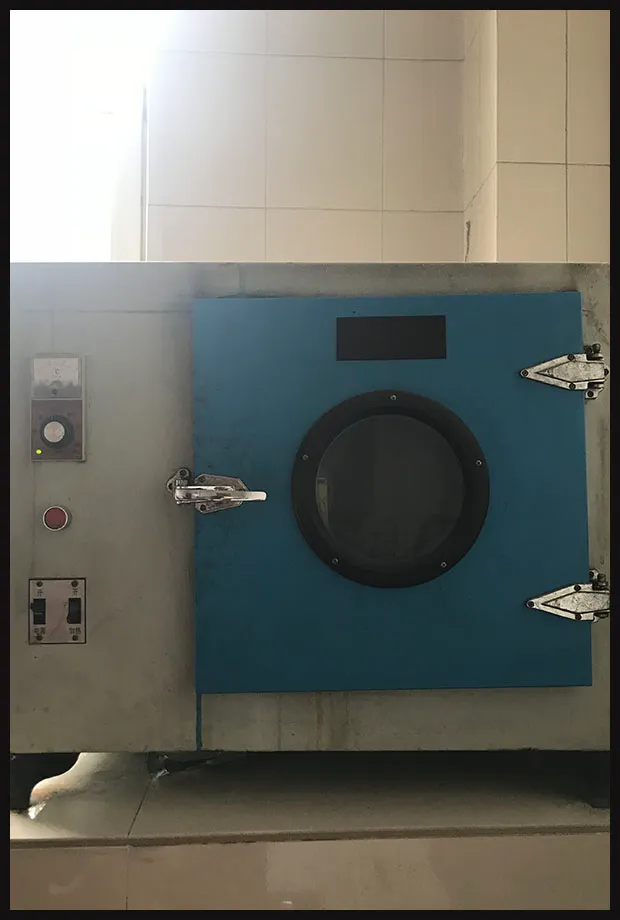
(reverse jet bag filter)
FAQS on reverse jet bag filter
Q: What is a reverse jet bag filter?
A: A reverse jet bag filter is an industrial air pollution control device that uses high-pressure jets to clean filter bags. It dislodges dust by pulsing air in the reverse direction, ensuring efficient filtration. This design minimizes downtime and enhances operational efficiency.
Q: How does a reverse pulse jet bag filter work?
A: A reverse pulse jet bag filter cleans filter bags by releasing short bursts of compressed air from the top. This reverses airflow, shaking off accumulated dust into a collection hopper. The process is automated and maintains consistent filtration performance.
Q: What are the advantages of a reverse jet filter?
A: Reverse jet filters offer high dust removal efficiency, reduced maintenance, and continuous operation. Their pulse-cleaning mechanism prevents clogging and extends filter life. They are ideal for heavy dust loads in industries like cement or mining.
Q: How often should reverse jet bag filters be maintained?
A: Maintenance frequency depends on operational conditions and dust type. Typically, inspections are recommended every 3-6 months. Regular checks of bags, nozzles, and pressure systems ensure optimal performance.
Q: Where are reverse pulse jet bag filters commonly used?
A: They are widely used in industries with heavy particulate emissions, such as power plants, steel mills, and chemical processing. Their robust design suits high-temperature and high-dust environments. They also meet strict environmental regulations for air quality.
Post time: May-28-2025

